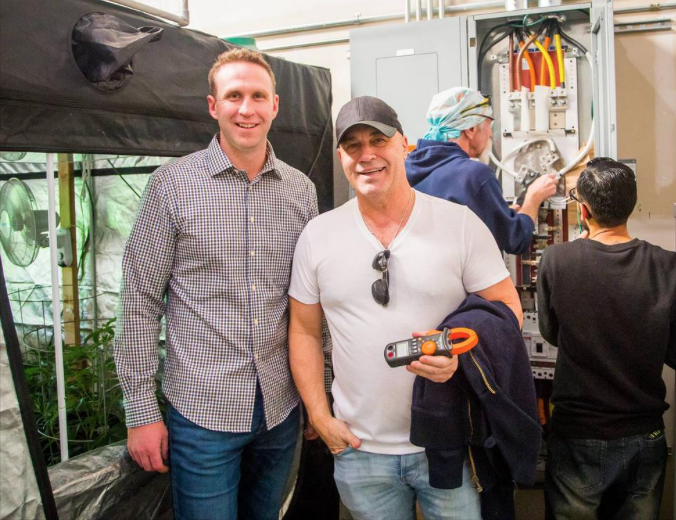You are here
Home 🌿 Cannabis Technology News 🌿 Too High? How a New Mexico Cannabis Dispensary Is Dealing With Energy Use 🌿Too High? How a New Mexico Cannabis Dispensary Is Dealing With Energy Use

One of New Mexico's top-grossing medical cannabis producers, The Verdes Foundation, implemented Wednesday a new system to help cut energy use at both of its locations.
Nonprofit Verdes says it installed Smart Energy Filter technology from Boston-based energy filtration company Line Loss Pro. In October, Albuquerque Business First reported that cannabis production energy costs in places like Denver can reach $50,000 a month. One report last year indicated cannabis producers can use as much energy as data centers.
Verdes has one location in the Duke City and another in Rio Rancho. The new technology is expected to reduce Verdes' spending on electricity by up to 37 percent, according to a press release from Verdes.
Verdes' director of operations, Rachael Speegle, told Business First in October that the foundation would like to implement renewable energy methods, but obtaining capital for such a project would be tough. Banks won't lend to dispensaries because marijuana is still considered a Schedule 1 drug at the federal level.
The Smart Energy Filter's installation will be funded by the benefits coming out of the system, Verdes spokeswoman Shawna Brown told ABF.
"[Line Loss Pro] is compensated based upon Verdes’ energy savings," she said. "They receive 50 percent of Verdes’ monthly savings from our previous energy usage. It allows Verdes to reduce energy usage without it costing the company additional money."
Eric Speegle, executive director of The Verdes Foundation, said in the release that this growing industry needs to be responsible with energy use from the start.
“We want the cannabis industry overall to be held accountable for reducing our impact," he said. "Using technology and focusing on renewable energy is one way that we can reduce our carbon footprint and encourage other industries to do the same.”
The Verdes Foundation grossed $1 million in one quarter last year, the most in the state for that quarter.
By the numbers
Here's a look at the energy impact of indoor cannabis production, from a report created in 2011, when medical cannabis was legal in 15 states and the District of Columbia. Now, 25 states have legalized medical cannabis, and four of those 25 have legalized cannabis for recreational use. That means these numbers are probably much higher now, but the 2011 numbers still give a sense of how much energy cannabis producers use.
- 15 million tons - estimated CO2 emissions caused by production and distribution of cannabis in the US in 2011
- 1 percent - percentage of total US energy consumed by indoor cannabis production in 2011
- 49 percent - estimated percentage of cannabis price that can be attributed to energy costs
420 Intel is Your Source for Marijuana News
420 Intel Canada is your leading news source for the Canadian cannabis industry. Get the latest updates on Canadian cannabis stocks and developments on how Canada continues to be a major player in the worldwide recreational and medical cannabis industry.
420 Intel Canada is the Canadian Industry news outlet that will keep you updated on how these Canadian developments in recreational and medical marijuana will impact the country and the world. Our commitment is to bring you the most important cannabis news stories from across Canada every day of the week.
Marijuana industry news is a constant endeavor with new developments each day. For marijuana news across the True North, 420 Intel Canada promises to bring you quality, Canadian, cannabis industry news.
You can get 420 Intel news delivered directly to your inbox by signing up for our daily marijuana news, ensuring you’re always kept up to date on the ever-changing cannabis industry. To stay even better informed about marijuana legalization news follow us on Twitter, Facebook and LinkedIn.




